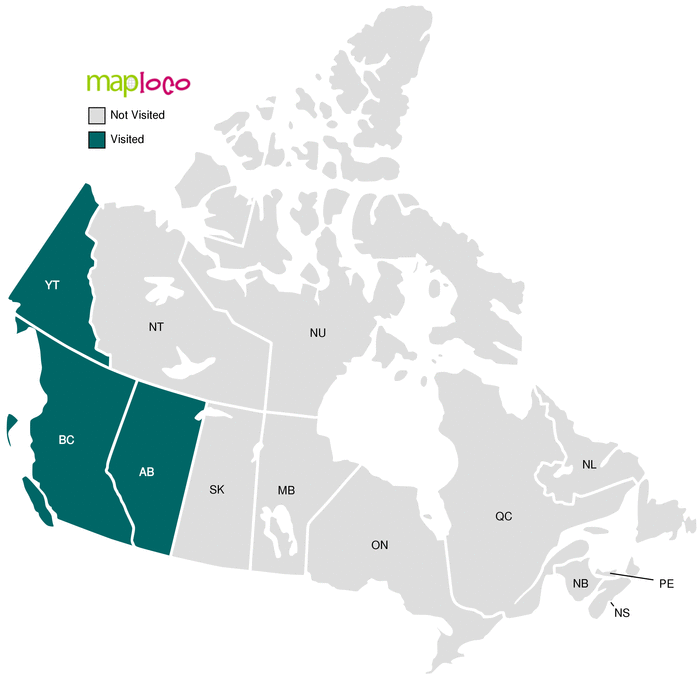 |
| McCarthy B&B |
Joel and I agree that the McCarthy B&B was our favorite
lodging during our Alaska adventure. Located near the end of the 60-mile-long (mostly) gravel McCarthy Road, it’s a welcome sight after a lengthy drive. In addition, it’s the closest lodging to the footbridge that crosses the Kennicott River on the way to the towns of McCarthy and Kennecott (yes, the town is spelled differently than the river and glacier) unless you want to pay to dry camp on a gravel bar, which I didn’t.
I found the McCarthy B&B when researching lodging options for our multiple-day stay in the southern part of the Wrangell-St. Elias Wilderness. I knew I didn’t want to car camp during our time there so consulted my frequent friend, Google. While there are several places to stay in the area,
McCarthy B&B was the most conveniently located, most reasonably priced and included a private bath with every room!
 |
| See? Our own bathroom! |
Prior to our Alaska trip, I assumed indoor plumbing was a given but apparently some people are willing to pay for the “Alaskan experience” – we just don’t happen to be among them. The fact is that
Joel has lived that experience and I don’t even want to. And I also don’t want to traipse off in the night to another building or share a bathroom down the hall, so the McCarthy B&B it was.
Making our reservations was easy and done all by email in January. Once scheduled in for our intended dates over Memorial weekend, I was simply asked to confirm around May 1 that our plans hadn’t changed. It doesn’t get much easier than that.
The McCarthy B&B has six stand-alone cabins situated for maximum privacy. It’s quiet and the owner/host is a friendly, unobtrusive fellow named John who seemed to be in constant motion. As the entire McCarthy/Kennecott area is off grid, the B&B runs on solar power with a diesel generator backup and has gas appliances – room heater, cook stove and (I assume) water heater.
 |
| McCarthy B&B guest kitchen |
In addition to our oh-so-cute/comfy/clean room, McCarthy B&B has a lovely guest kitchen/dining room stocked with simple self-serve breakfast fare. Guests are also free to use the kitchen to store their own food and prepare other meals. How convenient is that? And there’s even a gas barbeque and fire pit out back!
We spent three nights at McCarthy B&B and enjoyed every minute there. I highly recommend it and if we ever get back up to that area, you can bet I’ll be contacting John again to make our reservations.
McCarthy B&B – 5 stars - Not fancy but clean, comfortable, reasonably priced and allowed us to really relax and save money and time by preparing all our own meals (well, except for a delicious lunch at the
Kennicott Glacier Lodge the day we toured the mill building).
And here's more pictures from our stay:
 |
| Inside our cozy room |
 |
| Another view inside our room |
 |
| Complimentary toiletries await guests |
 |
| Outside our cozy cabin |
 |
| Moose track left right out front during our first night |
 |
| Guest dining area |
 |
| Guest kitchen/dining cabin |
More info:
McCarthy B&B website
McCarthy-Kennecott Lodging Comparison - several years out of date and some broken links but good general comparison
 I know it's only September but Christmas is fast approaching. Are you getting ready yet? I try to prepare throughout the year (with some success) but would like to be done before Halloween.
I know it's only September but Christmas is fast approaching. Are you getting ready yet? I try to prepare throughout the year (with some success) but would like to be done before Halloween.















